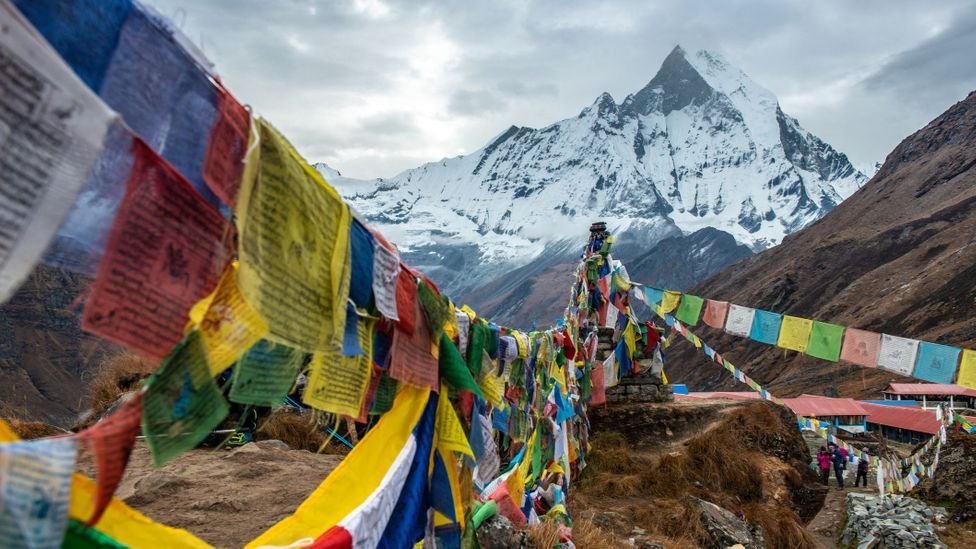
Why in news?
With the sinking of Joshimath town, there is a considerable amount of research on the vulnerabilities of Himalayan geology brought to the fore.
How vulnerable is the Himalayan range?
- The Himalaya is a fragile mountain range that is still rising as the Indian plate continues to push into the Asian plate.
- The mountains are mainly the shale upwelling of the sea, which makes them quite unstable.
- In fact, they are largely held together by the forests that they support.

What is the case of Joshimath crisis?
- Geography – At over 6,000 feet, Joshimath sits on the side of an unstable ridge created largely from glacial moraine rock and shale in a rift valley.
- It is also a seismic zone.
- The ground beneath is a heterogeneous mass with pockets of variegated rock and open spaces occupied by water and mud from old glacial deposits.
- It also holds some important aquifers.
- Issues – Joshimath is no place for a tourist town that supports more than 2 million pilgrims a year or a four-lane highway.
- The government has sanctioned a hydropower project in the Dhauliganga-Alaknanda basin which upon tunneling punctured an aquifer in 2009 and contributed to the Joshimath slide.
- Uttarakhand state has more than 40,000 km of roads and counting today for tourists to visit the Char Dham sites (Yamunotri, Gangotri, Badrinath and Kedarnath).
- India also appears to be competing with China to build high-altitude railways.
- The mountains in Tibet on the Chinese side are made of firm rock whereas most of the Himalayan mountains are made of the unstable shale.
What are the concerns?
- Extreme weather events – With the consequent loss of forest cover and extreme weather events (the 2013 Kedarnath flood), catastrophes have occurred at a steady beat in all of Uttarakhand.
- Soil and water degradation – The local soil and water have been degraded.
- Decline in natural springs – The number of natural mineral water springs is declining.
- Increasing landslides – The number of landslides is also shooting up.
What lies ahead?
- If India needs any strategic border roads, they must run along rocky terrain to be stable.
- Those roads that exist on shale or other loose-soil hills must be urgently forested to stabilise the steep hillside as well as hold water and restore springs.
- There must be a complete ban on any hydroelectric power projects in the Himalaya, especially on the source-rivers of the Ganga (Bhagirathi and Alaknanda).
- Indian Himalaya has to be declared as an “inviolate protected zone” and a “planet reserve” similar to the declaration of Amazon basin as a “strictly protected zone”.



